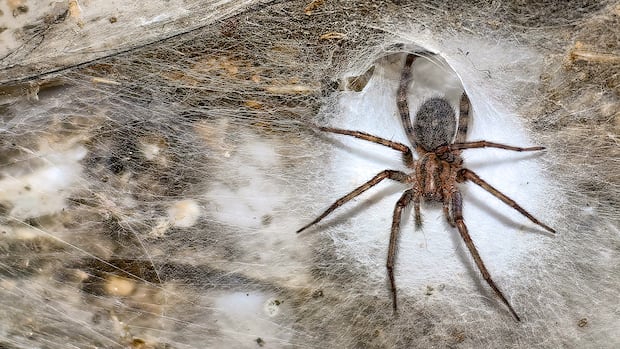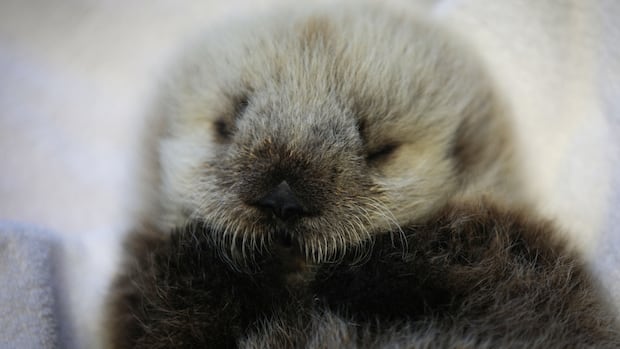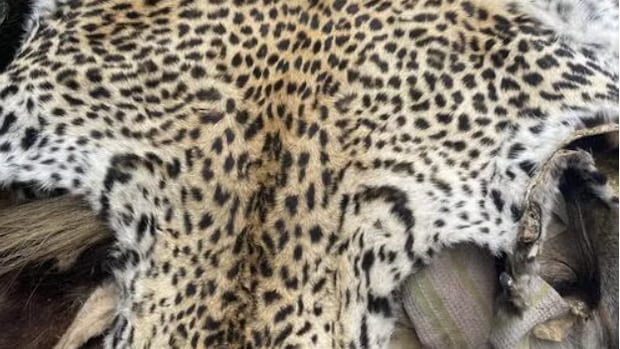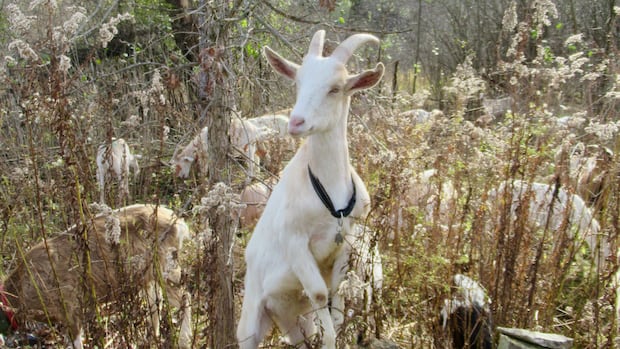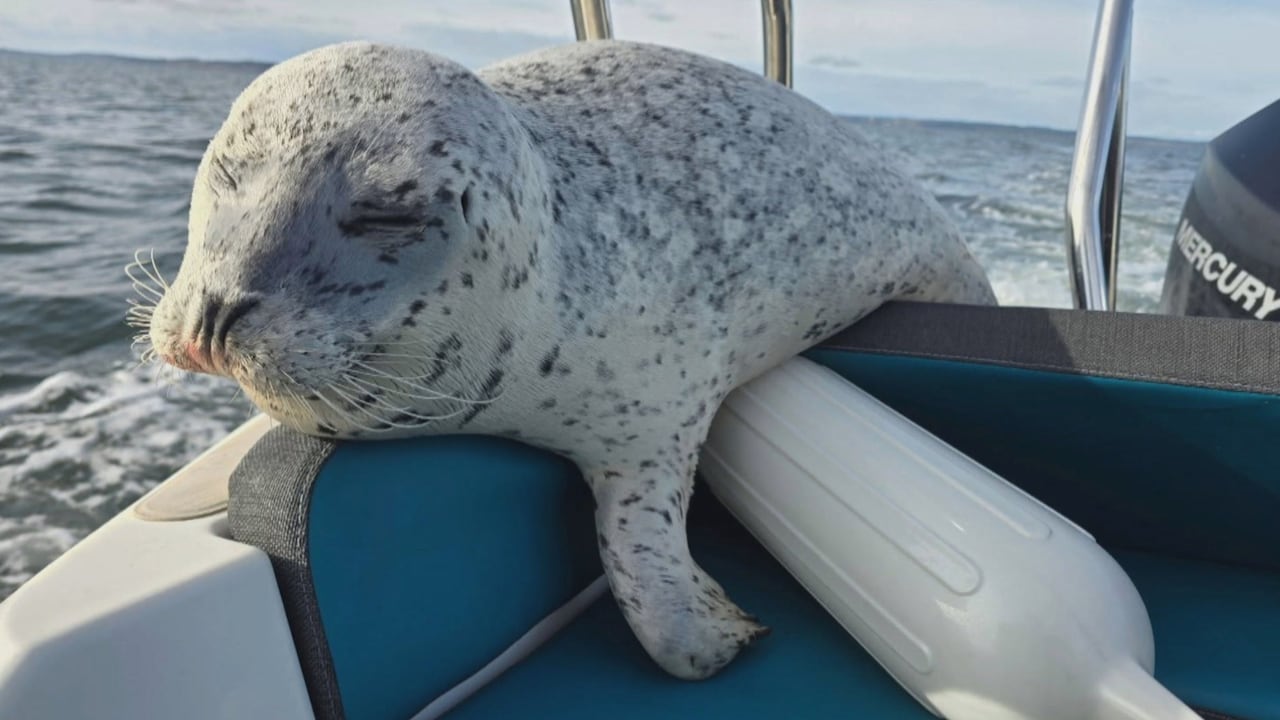As It Happens6:56Why the world's largest-known spider web surprised this scientist
Serban Sarbu thought he’d seen it all — until he stepped into a pitch-dark cave that straddles the border between Albania and Greece.
In what's called Sulfur Cave, Sarbu and a team of researchers uncovered a thriving ecosystem, home to over 111,000 spiders entangled in what appears to be the world’s largest spider web.
“To find so many spiders in one spot in a cave, that was the first surprise,” Sarbu, a scientist who studies caves, told As It Happens host Nil Köksal.
“So [then], you ask yourself the question, ‘Why are they there? What's, in fact, keeping them alive?’”
The discovery was recently published in the journal Subterranean Biology.
Caves, he explains, are generally devoid of much life. The absence of light means no photosynthesis, so no green plants and very little organic matter for animals to feed on. Any cave-dwelling creatures are often small, blind and slow, to conserve every bit of energy they can, he says.
Why are there so many spiders?The cave’s unusual abundance of life is fueled by its sulfur-rich environment, said Sarbu.
In caves like this one, there’s an opportunity for microbes to live, using the chemical energy that’s produced from the oxidation of hydrogen sulfide.
In addition to spiders, the cave is also home to other creatures such as centipedes, scorpions, beetles, bats, and the insect larvae of chironomid flies.
 A cave explorer stands next to the large spider's web at Sulfur Cave. (Marek Audy/Reuters )
A cave explorer stands next to the large spider's web at Sulfur Cave. (Marek Audy/Reuters )Once those flies mature, many of the adults get trapped in the spiders’ sticky webs.
“They become trapped there and then the spiders get out of their little funnel holes and catch the flies and eat them,” said Sarbu.
According to Sarbu, the massive web is not the product of cooperative planning. Instead, each spider builds its own web, but because food is concentrated, the webs were constructed so close together that they eventually merged into a huge, layered structure.
Over time, old webs collapsed under their own weight and new layers were built on top.
“I don't think there is any intention in the mind of the spider to build a colonial net. They don't get together to say, ‘OK, well, let's build a big net together and one will help the other,’” he said.
The web spans approximately 1,140 square feet, roughly the size of a small home. It hangs in a low, narrow passage within a network of limestone rooms carved by the Sarantaporos River.
More surprising discoveriesEven more remarkable, says Sarbu, the researchers discovered two spider species coexisting within the massive funnel-shaped web: about 69,000 Tegenaria domestica, or common house spiders, and 42,000 Prinerigone vagans.
Typically, larger spiders prey on other smaller spiders, making this peaceful cohabitation unprecedented, evolutionary biologist Lena Grinsted, who was not involved in the cave study, told The Associated Press.
“So often if you have spiders in close vicinity, they will fight and end up eating each other,” said Grinsted, who’s a senior lecturer in zoology at the University of Portsmouth’s School of Biological Sciences in the U.K.
The Tegenaria domestica is bigger than the Prinerigone vagan, and in this case, they are living together.
 Serban Sarbu collecting fauna in Sulfur Cave. (Submitted by Serban Sarbu)
Serban Sarbu collecting fauna in Sulfur Cave. (Submitted by Serban Sarbu)“We can sometimes see that if there's an abundance of food that they sort of become a bit less aggressive," said Grinsted.
She noted that darkness may impair the spiders’ vision, reducing their aggression.
“Spiders, in general, are not particularly good at seeing stuff … and that includes these two species,” she said.
She says the two species might cooperate slightly in building the web but are unlikely to cooperate in other behaviours such as capturing prey or caring for offspring.
For Sarbu, the surprising attention the discovery received from the public was equally striking.
“It’s very hard to believe because I’m used to people liking dogs and cats and penguins and whales and you name it,” he said.
“Most people, when they see one spider they start screaming. And here, we have 100,000 spiders and everybody wants to learn about them — to me that is hard to believe.”


